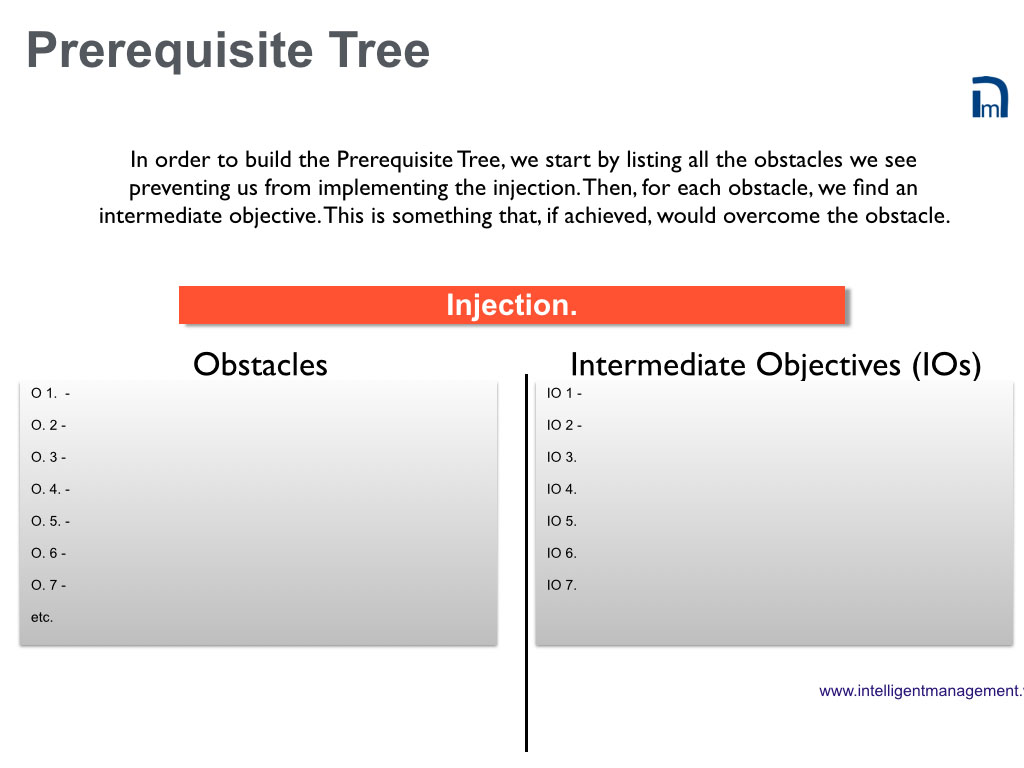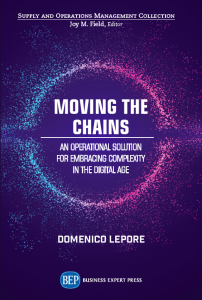
Building a company culture based on the principles of Quality, Involvement and Flow is not just about nice words. Together, these principles form the basis of a highly operational way to create an organization that satisfies the customer and the people working within it. It’s been our privilege over the years to help many companies work on this.
No matter how hard you work to build a healthy company culture, no matter how many perks or “team-building” exercises you introduce, it all comes down to how people interact and interdepend. That takes us into the majestic realm of Quality.
An organization that is not founded on Quality will not be able to deliver what it promises to its customers. Period. We can understand Quality in its broadest and noblest Deming sense as the continuous pursuit of low variation. (Let’s not equate Quality with the soul-destroying machinery of endless documentation and box-checking that becomes a straight-jacket, nor with the gimmickry of Lean or the statistical fallacy of Six Sigma. That is another story.) This builds predictability into what we do. If we can’t deliver what we sell in a predictably repeatable way then we are going to let the customer down. Maybe not tomorrow, but at some point. That’s just inevitable.
The bedrock of Quality lies in understanding that what we do and deliver is a series of interconnected and interdependent processes. These processes, like all human activities, will inevitably be affected by variation. If we want to deliver Quality, then our daily commitment and focus must become “How can we lower the variation that affects our processes?”
The first step is identifying the main process flows that make up our activity as a company. Maybe there are just five or fifteen or more, depending on the size and scope of the work the organization carries out. These process flows need to be mapped out so that it becomes clear that there is an effective flow (without unnecessary repetitions/duplications/permission loops) and so that they can be easily shared with current and new employees.
Mapping a process flow step one – think about it first
One of the hardest things for people to do at work is to take the time to sit down and think about something before jumping in and getting on with it. For many people, thinking doesn’t count as work. It’s not “doing”. Nothing could be further from the truth. Without thinking first, all we “do” is get busy. Effectiveness is not in the picture. As time is a limited resource, taking the time to think before acting is a guarantee that when we do take action, we do so in the most effective and time-saving way.
This is equally valid when it comes to mapping a process flow. Before we leap up in front of a whiteboard, marker pens at the ready, we can do something that will make the final process that we map much more robust. We can use a simple and yet profoundly effective method for tackling an objective – it’s called a Prerequisite Tree (one of the systemic Thinking Processes from the Theory of Constraints). At the top of the page we write the objective we want to achieve. It could be something like “We have built an easy-to-follow process for quoting that everyone can adhere to”. Underneath, we divide the page into two columns. In the left column we list all the obstacles we can think of that prevent us from achieving the objective. On the right, for each obstacle we write an “intermediate objective”, in other words a sentence that shows how the obstacle is overcome. For example, if the obstacle is “Not all the information required is available to the people who need it.” then the Intermediate Objective could be something like “We have a centralized access point for relevant information”. The basic tasks to achieve the Intermediate Objective can then be listed. We sequence the Intermediate Objectives towards the goal based on which one are prerequisite to each other.
When we build a Prerequisite Tree with the people involved in the process before we jump into mapping the process, we achieve several benefits:
- We engage our whole selves, both rationally and emotionally, in approaching the problem.
- We give the opportunity to those who will carry out the process to “own it”.
- We ensure that the process is thoroughly thought through and therefore more robust.
- We have a visible record of the thinking that went in to creating the process for future reference and continuous improvement.
- The mapping will be much easier as a result of doing the Prerequisite Tree first.
- We enhance the collective intelligence of the group working on the process through this systemic thinking process.


Working on the system
There is no denying that it is a challenge to do the kind of work that helps a business perform better, faster and in a more satisfying way. At the beginning, it can feel like “extra work”. On top of the normal day-to-day, time has to be carved out to work “on the system” not just “in the system”. This is the job of leadership and it is ongoing. The rewards, however, are palpable. A company based on Quality is one that can grow in a sustainable way, and that means catering for the needs of all the stakeholders. as Deming put it, ‘It would better if everyone worked together as a system with the aim for everyone to win.”
If you would like to know more about this subject in depth, CRC Press invited us to do a whole book on it: ‘Quality, Involvement, Flow: The Systemic Organization’.
Contact: intelligentmanagement@sechel.ws
SCHEDULE AN INTRODUCTORY CALL WITH US







Leave a Reply